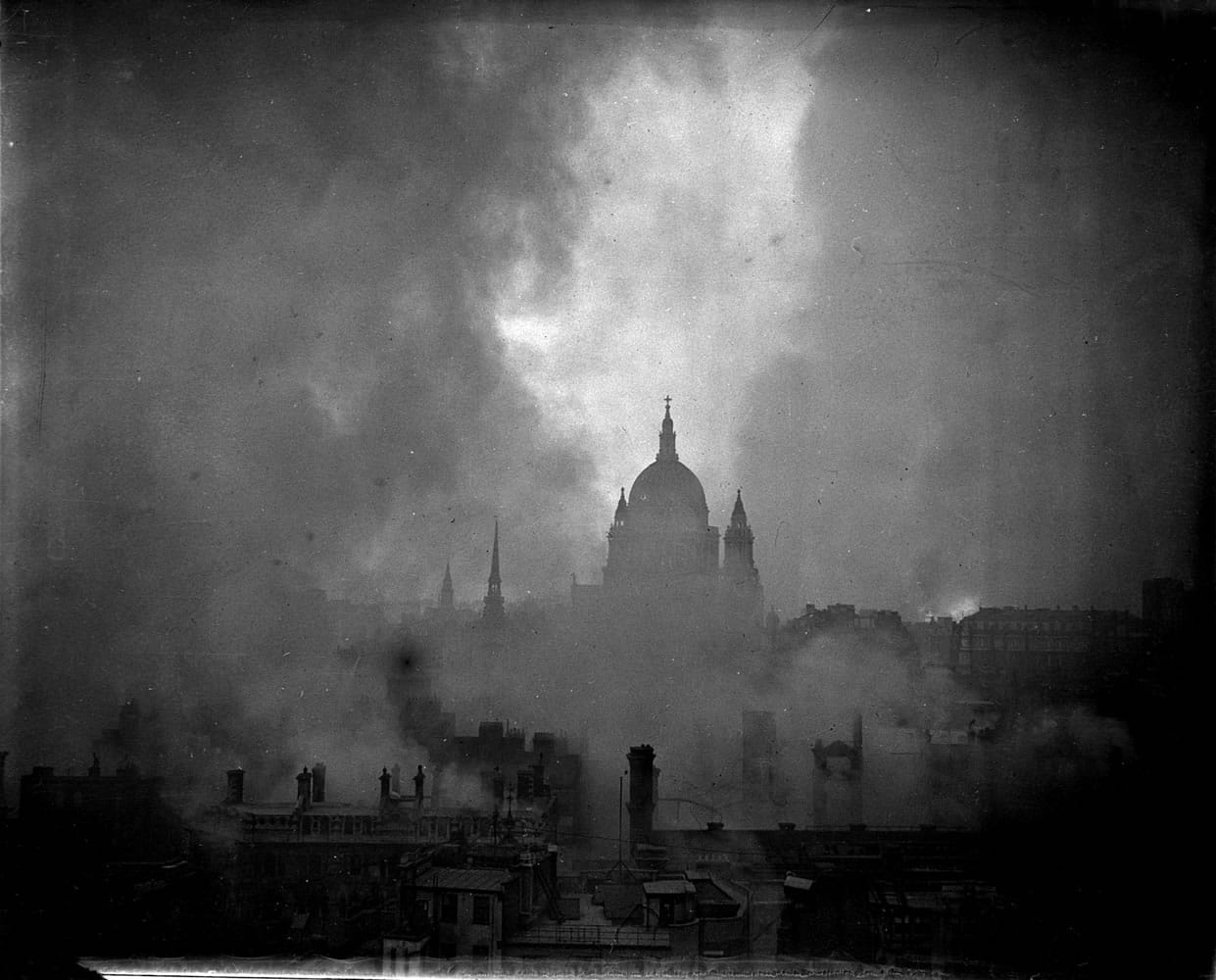When Peter Stenhouse, Brenda Hall and the Greenberg girls were growing up in England, it wasn’t just clouds of war looming on the horizon.
Their homes were overshadowed by waves of German bombers.
Stenhouse, Hall and the two sisters — now Rita Stewart and Roma Ekstrom — are Vancouver-area residents who were born in England in the 1930s.
They were Blitz kids. They witnessed the Battle of Britain, when the Royal Air Force fought the Luftwaffe for aerial supremacy in the skies over England. They survived the bombing onslaught known as the Blitz, when the Germans shifted their focus to punishing English cities. And even then, those kids still had four long years of war ahead of them.
Their childhood memories of World War II include makeshift bomb shelters, forced evacuations and random death.




